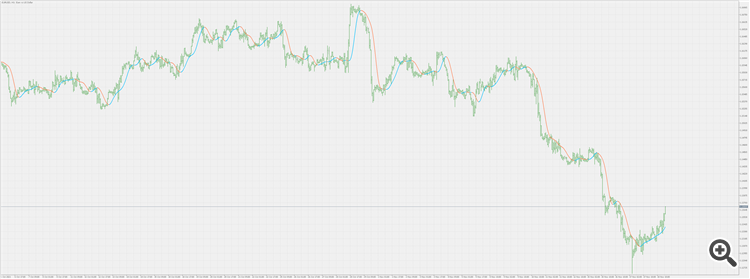Range Bound Channel Index
RBCI = Range Bound Channel Index
Range Bound Channel Index is an overall sum of all main market cycles.
Range filter parameters are selected from the current market spectrum.
In simplified formula
RBCI (k) = FATL (k)-SATL (k).
RBCI is a quasi-stationary process that is a process with bound spectrum.
When RBCI approaches its local maximum the prices approach the upper border of the trading channel and
when RBCI approaches its local minimum the prices approach the lower border of the trading channel.
Please put both files "
RBCI Candle.mq5" and "
RBCI.mq5" in the same directory because "RBCI Candle.mq5" is calling "RBCI.mq5".
----------------------------------------------------------------------------------------------------
And put "SmoothAlgorithms.mqh" in the
MQL5 > Include folder
Also, watch the divergences.



